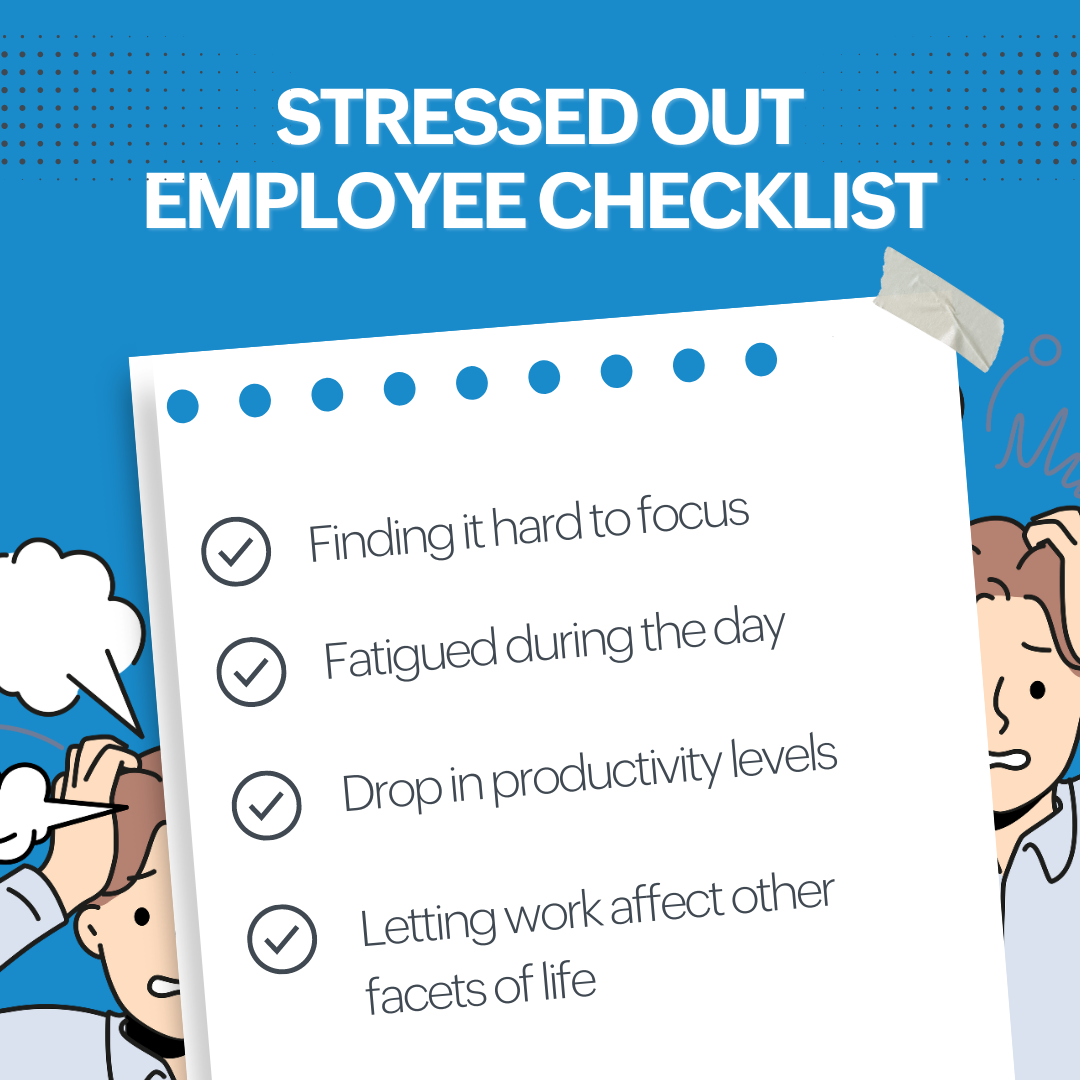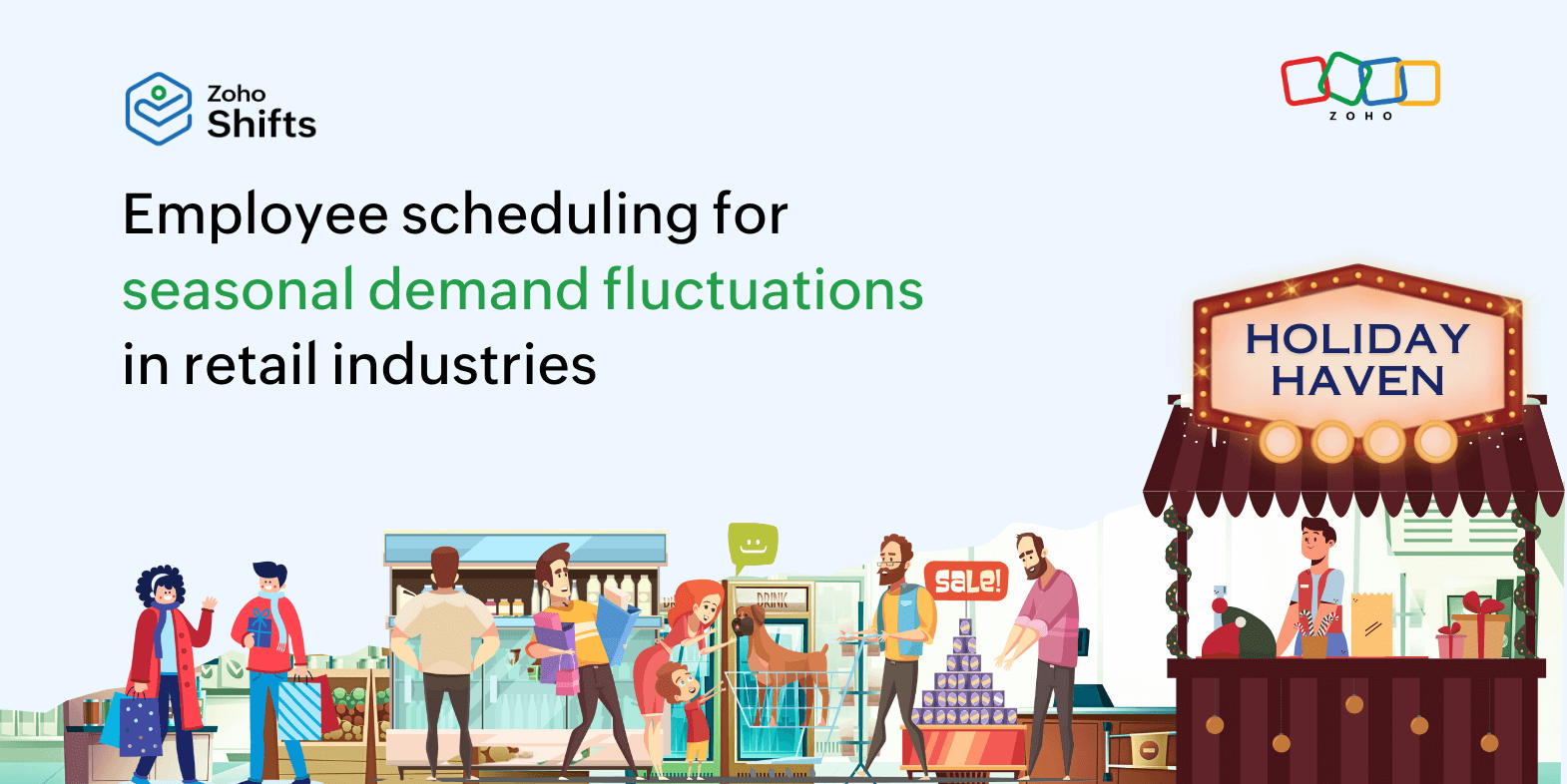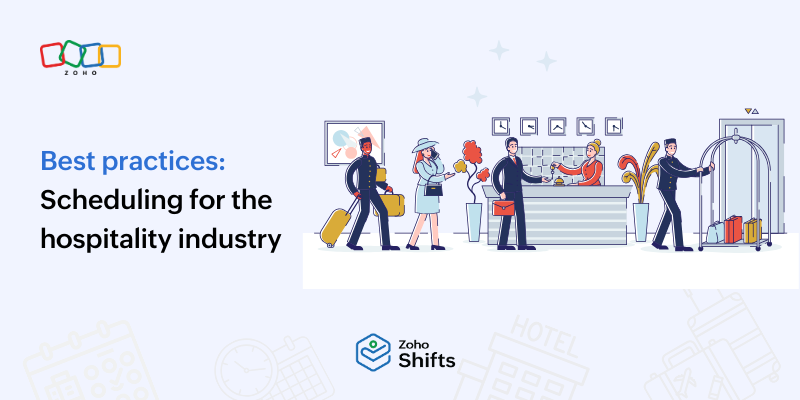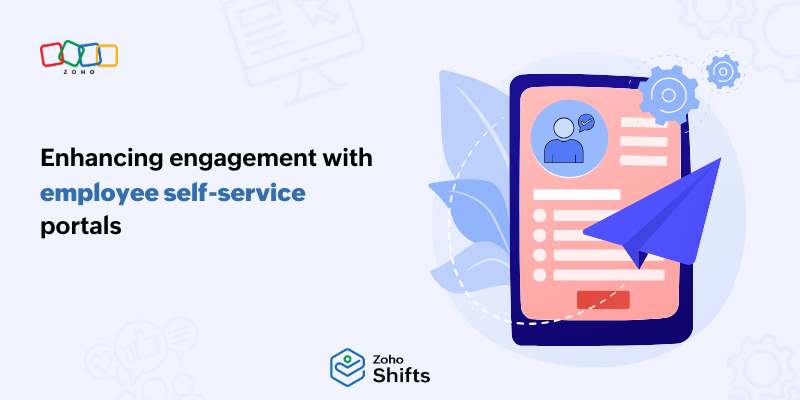- HOME
- Industry Resources
- Best practices: Scheduling for the restaurant industry
Best practices: Scheduling for the restaurant industry
- Last Updated : January 30, 2024
- 498 Views
- 4 Min Read
There's a lot more to a restaurant than what meets the eye. While serving food and attracting customers is a priority, keeping the restaurant staff available and satisfied is just as important. When it comes to creating restaurant schedules, each element has to come together well to get the best overall result. Keeping in mind various details like shift preferences, time off requests, peak hours, and more, it may seem like one has to be a scheduling savant to craft the perfect schedule.
Regardless of the difficulties that are associated with creating restaurant schedules, having an efficient schedule in place is probably the biggest contributor to the success of a restaurant. Here are some handy tips you can keep in mind while allocating work to your staff.
Using restaurant scheduling software
Technology can lend a helping hand to restaurant owners in creating employee schedules. Using the right shift scheduling software can help bring down inaccuracies and save valuable time. Efficient scheduling solutions like Zoho Shifts give the option to create templates, swap shifts, request time off, message team members, and more, allowing both the employee and employer to manage their shifts better.
Giving staff more control over their shifts helps bring a sense of ownership and accountability. This can help improve employee morale and bring down attrition rates.
Advanced scheduling is the way to go
The earlier the schedule is prepared, the better equipped employees are to plan their day accordingly. This also helps employees submit any requests to change their schedule if needed. Even though making last-minute changes is common in a restaurant, having a set schedule can alleviate some of the stress. A biweekly or even monthly schedule can give employees much-needed leeway to plan out their work week.
Equal opportunities for high-paying shifts
Ensure that you give enough opportunities for all employees to work shifts that make the most money. Once the restaurant has a fixed pattern, it's easier to make out which are the high-paying shifts; your employees probably know it as well. Ensure that all your employees get the chance to work these shifts regardless of their experience.
All employees getting equal opportunity to work the money shift can push them to give their best. It also gives all employees experience with working busy hours.
Ensuring work-life balance
Probably the most important thing for both employees and employers alike is to maintain a balance between their shift work and personal life. There are small ways that an employer can reduce employee stress levels.
Help employees feel heard by keeping their preferences in mind while drafting the schedule, and be sure to create enough of a gap between their consecutive shifts. Working the first shift on a Thursday could be followed up by a late shift on Friday to give employees enough time to recuperate.

If your employee checks even two of the points in the above list, you might have to rethink the way you are scheduling work for your workforce.
Ability-based scheduling
Understanding the strengths and weaknesses of employees can help you draft efficient schedules. Having their skills and experience in mind can help you create balanced schedules across the board.
There might be employees who are better equipped to handle the peak hours of the day, while others are more suited to the slower times of the day. While this does not set the norm for scheduling at your restaurant, it creates a base from which you can work and make the necessary modifications. Ability-based scheduling can also help push employees to improve their performance.
Maintain all communication centrally
Miscommunication when it comes to schedules can result in the staff feeling they are not heard, and this leads to frustration. Prevent these issues by maintaining all communication about work schedules in one central location. With employee scheduling software like Zoho Shifts, you have the option to communicate with fellow employees right within the app. Having communication related to shifts and schedules in one place makes it easier both for the employee and the employer.
Schedule two days off in a row
Whenever you get the opportunity, try to schedule two days off in a row for your employees. This is one of the tried and tested ways to ensure staff motivation levels are high. It's especially significant in restaurant scheduling, as unlike many other businesses, restaurants are typically open all seven days. Giving two consecutive off days can give staff members some much-needed rest time, and they can come back rejuvenated and energized.
Adapt to seasonal fluctuations
The scheduling and staffing requirements in the restaurant industry are constantly changing. During the holidays, the restaurant may need much more staff and may have to schedule according to the higher demand. It's good to plan your schedules ahead of time for these peak periods, as they bring in a surge of customers.
On the flip side, there are off-peak periods where you'll need to tweak your schedule to ensure you aren't overstaffed. Proper planning will ensure your restaurant is efficient and ensure maximum satisfaction of both the customers and the staff.
A lot of planning is involved in optimizing restaurant scheduling. Prioritizing the needs of your staff, giving room for employee flexibility, maintaining work-life balance, and more can go a long way in changing the way staff schedules are made. Making use of restaurant scheduling software like Zoho Shifts can help create an environment that benefits both the staff and the restaurant itself.


